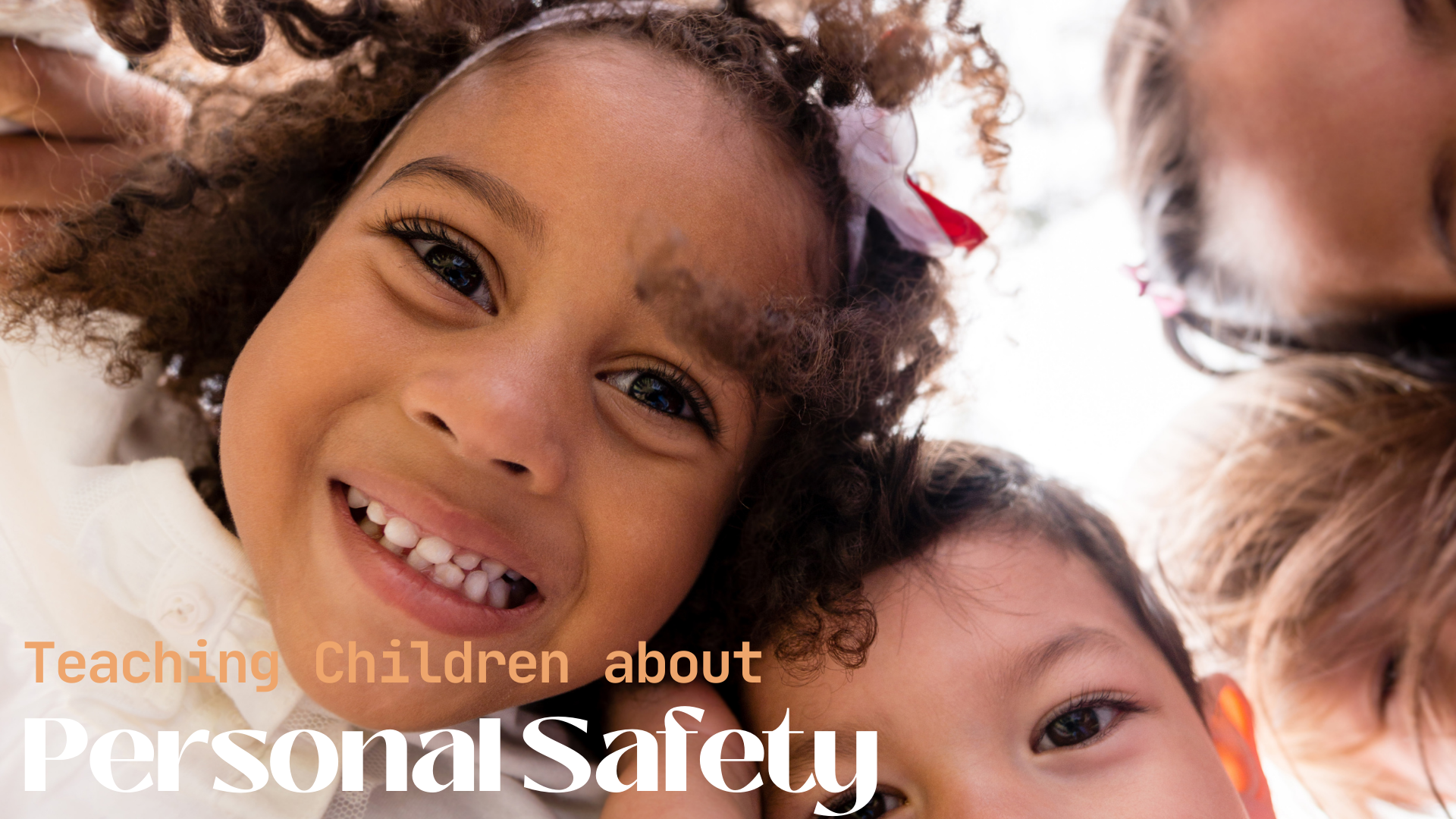Latest From Upschool
- Supporting your Child’s Projects and Research
- Age-Appropriate Expectations
- Why We Need to Rethink Challenging Behaviour
- Navigating the Dynamics of Sibling Relationships
- Creating a Culture of Learning at Home
- Creative and Easy DIY Projects for Parents and Children
- Tips for Working Parents
- Review Educational Apps, Games, and Other Tech Tools for Kids
-
-
No videos yet!
Click on "Watch later" to put videos here
- View all videos
-
-
-
Don't miss new videos
Sign in to see updates from your favourite channels
-
Guest Contributors
Health & Wellbeing (Guest Contributors)
Teaching Children about Personal Safety

Published by: Digital Schools
Teaching children about personal safety is crucial for their well-being. Parents play a vital role in providing guidance and establishing open communication with their children. Here are some guidelines for parents to teach children about personal safety:
Start Early:
- Begin teaching personal safety from a young age. Use age-appropriate language and concepts to convey important messages.
- Foster an environment where your child feels comfortable discussing anything with you. Encourage them to ask questions and express their concerns without fear of judgment.
- Help children understand the concept of personal boundaries and the importance of respecting others' boundaries. Teach them that their bodies belong to them, and they have the right to say "no" to unwanted physical contact.
- Help your child identify and recognize trusted adults, such as parents, teachers, and relatives. Emphasize that they can turn to these individuals if they ever feel uncomfortable or unsafe.
- Use age-appropriate language to teach children about their own bodies. This helps them understand what is considered private and empowers them to communicate about any inappropriate behaviour.
- Practice different scenarios through role-playing to help children develop the skills to respond appropriately in real-life situations. This can include saying "no," leaving uncomfortable situations, or seeking help.
- Educate children about the potential dangers of the internet, including online predators and inappropriate content. Teach them about the importance of privacy settings and the significance of not sharing personal information online.
- Set clear safety rules for your child, such as not opening the door to strangers, not sharing personal information with unknown individuals, and always informing you or another trusted adult about their whereabouts.
- Ensure your child knows their full name, address, and your contact information. Teach them how to dial emergency services and when it is appropriate to use this option.
- Encourage children to trust their instincts. If something doesn't feel right, teach them to remove themselves from the situation and seek help.
- Differentiate between safe and unsafe secrets. Teach children that they should never keep secrets that make them feel uncomfortable, scared, or uneasy. Unsafe secrets are those that involve harm or danger.
- Help build your child's self-esteem, as children with higher self-esteem are often more confident and assertive in expressing their feelings and setting boundaries.
TAGS
The content by "Digital Schools" which can be found under the "Guest Contributor" category on this platform is produced by Digital Schools PTY LTD. Digital Schools works in partnership with the school as a 3rd party provider to help build and maintain the school website. As well as this, we assist the school by engaging with a range of experts who already provide products and/or services to educational institutions and we work with them to produce and publish information to this website that we think may be relevant, interesting or topical to families within the community.
PLEASE NOTE: The views, opinions and content published by us are that of the "Guest Contributor" and/or publisher (Digital Schools). It should be noted that whilst the publisher and guest contributors are acting with the best intentions and in the best interests of the school and their community, sometimes the content may not necessarily reflect the views of the school. We welcome your feedback. Down the bottom of this page is a feedback form so you can let us know what you think.
NEW TO EXPLORE




